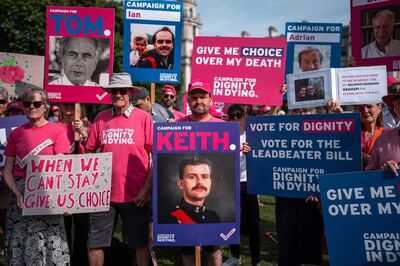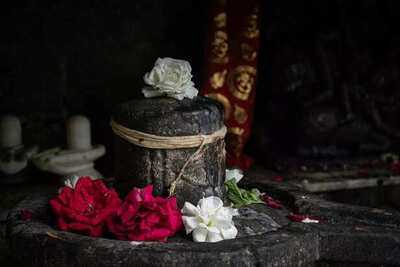
The Election Commission of India and the elections it conducts are indeed funded by the people of India, the taxpayers. The ECI, however, seems to be taking unilateral decisions without engaging in consultations with the stakeholders. In December 2024, a week after the Punjab and Haryana High Court directed the commission to hand over CCTV footage of polling booths to a candidate, it urged the government to change rules and restrict access to such footage.
Overnight, Rule 93 of the Conduct of Election Rules was changed to make footage inaccessible for public scrutiny. Earlier, Rule 93(2)(a) of the Conduct of Election Rules, 1961, stated that “all other papers relating to the election shall be open to public inspection”.
On 30 May, the commission wrote to chief electoral officers in the states and directed them to destroy records, including photographs and CCTV footage, 45 days after poll results were declared. The only caveat is that the records would be preserved in those constituencies where one or more contestants decided to challenge the result and file election petitions.
Under the rules, such petitions are required to be filed within 45 days of the results, making it difficult for contestants to gather enough evidence in the time allowed to put up a credible challenge. Election petitions are, therefore, few and far between, and only candidates with access to human and other resources can file them.
The commission underlined that videography and photography of the election process are not mandated by law but are used as an “internal management tool”. This marks a departure from the earlier instructions issued on 6 September 2024, which had laid out specific timelines — ranging from three months to a year — for storing video footage from different stages of the election process.
Under the earlier guidelines, footage from the pre-nomination period was to be retained for three months, while recordings from the nomination stage, campaign period, polling (inside and outside polling stations), and counting were to be preserved for periods varying between six months and a year, depending on the phase.
The directive effectively means that all such visual records will be eliminated without giving a chance to candidates, researchers, academics and NGOs dedicated to work for electoral reforms to scrutinise them.
Since such records were, until now, being preserved without any trouble for up to a year, why is the ECI in such tearing hurry to destroy them? What is it trying to hide? On the one hand, the commission claims the elections it conducts are the most transparent in the world, and yet it seems to be doing everything to make the process as opaque as possible. Does it make any sense?
That is not all. Multiple reports in the media, including in The Indian Express and The Week on 20 June, say the ECI in its letter to poll officers justified the decision by saying, "The recent misuse of this content by non-contestants for spreading misinformation and malicious narratives on social media by selective and out-of-context use of such content, which will not lead to any legal outcome, has prompted a review."
Bogus voting turned BJP into Bradman: Rahul Gandhi‘Recent misuse’ can only mean that the commission is perturbed at glaring gaps in its conduct of polls in the last few assembly elections, especially in Maharashtra and Haryana, held in October-November 2024. The commission is yet to provide satisfactory explanations on complaints of an abnormal rise in the number of voters in electoral rolls and abnormal surges in voting percentages — up to 7-8 per cent as opposed to around one per cent in the last three elections in both the states — after polling officially closed.
Even after claiming that it would explain the rise to the political parties which flagged the issues, the commission seems to believe that the allegations were misplaced and mischievous. If so, it becomes even more imperative that it provide examples of ‘misuse’ and explain its position to the people. It is not enough for it to claim that such footage and photographs were misused, the ECI owes it to the people to explain who misused them and how.
While experts are certainly going to weigh in on the subject, the other question which would have crossed the mind of people is whether data and documents, photographs and CCTV footage of polling booths and strongrooms belong to the people or to the Election Commission. Can the commission claim ownership of such data or is it merely the custodian? If it is merely the custodian, how can the ECI decide to destroy the data after an arbitrary deadline?
-
OSSC CRE admit card 2024 out for typing test; here's direct link

-
Queer writings from South Asia: A woman feels at home in the bathroom, the devil's abode

-
River Island to shut 33 stores as closures put hundreds of jobs at risk

-
BREAKING: Assisted dying law PASSES Commons in historic moment

-
Ravana, the First Kanwariya? The Dark Myth Behind the Sacred Journey
